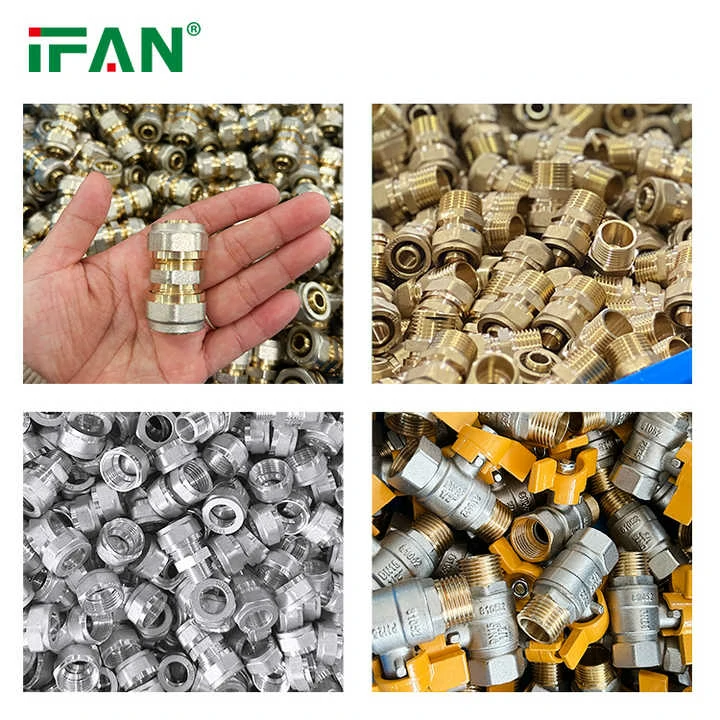Introduction to PEX Brass Compression Fittings
PEX brass compression fittings are widely used in plumbing systems for their durability and reliability. However, concerns about corrosion may arise, especially in harsh environments. This article explores whether PEX brass compression fittings are prone to corrosion and provides insights into their performance and maintenance.
Material Composition and Corrosion Resistance
PEX brass compression fittings are made from brass, an alloy of copper and zinc, known for its corrosion resistance. The addition of zinc enhances durability, making brass suitable for water and gas systems. For example, in a residential plumbing system, brass fittings resist corrosion from water and minor chemical exposure.
Impact of Water Quality
Water quality significantly affects the corrosion of brass fittings. Hard water with high mineral content can cause scale buildup, while acidic water may accelerate corrosion. In a municipal water supply system, brass fittings generally perform well, but regular inspections are necessary to detect early signs of corrosion.
Chemical Exposure and Corrosion Risks
Exposure to certain chemicals, such as chloramines or sulfur compounds, can increase corrosion risks. Brass fittings in industrial or agricultural systems may face such challenges. For instance, in a chemical processing plant, brass fittings may corrode if exposed to aggressive substances without proper protection.
Galvanic Corrosion Concerns
Galvanic corrosion occurs when dissimilar metals are in contact in the presence of an electrolyte, such as water. Brass fittings connected to other metals, like steel, may experience this issue. In a mixed-material plumbing system, using dielectric unions can prevent galvanic corrosion and extend the lifespan of brass fittings.

Protective Coatings and Treatments
Applying protective coatings or treatments can enhance the corrosion resistance of brass fittings. For example, in a coastal area with high humidity, coated brass fittings resist saltwater corrosion better than untreated ones. Regular maintenance, such as cleaning and applying anti-corrosion solutions, further protects the fittings.
Long-Term Performance and Maintenance
With proper installation and maintenance, PEX brass compression fitting can last for decades without significant corrosion. Regular inspections and timely replacements of worn-out fittings ensure system reliability. In a commercial building, well-maintained brass fittings provide consistent performance and reduce repair costs.
Real-World Examples of Corrosion Resistance
Real-world examples demonstrate the corrosion resistance of brass fittings. In a residential heating system, brass fittings have shown reliable performance over 20 years with minimal corrosion. These examples highlight the importance of proper installation and maintenance.
Conclusion
PEX brass compression fitting is highly resistant to corrosion when used in suitable environments and maintained properly. Their material composition, protective measures, and compatibility with water quality ensure long-term performance. By understanding the factors influencing corrosion and following best practices, users can maximize the lifespan and reliability of brass fittings in plumbing systems. As the demand for durable and efficient solutions grows, PEX brass compression fittings will continue to be a trusted choice for modern infrastructure.

